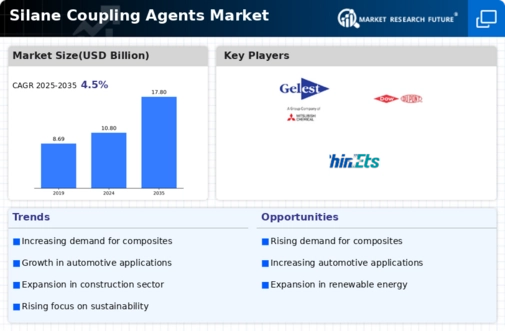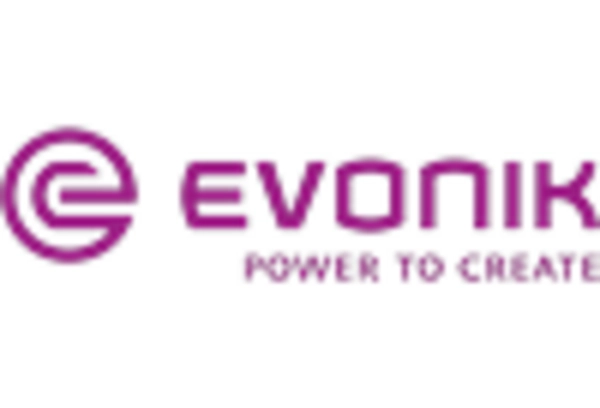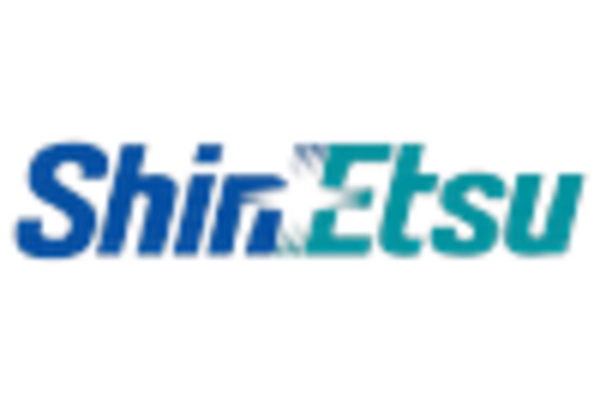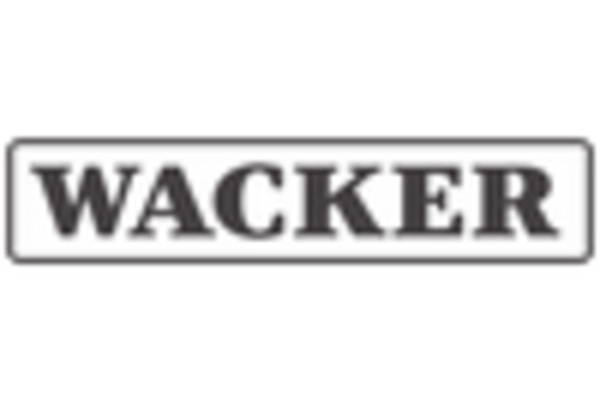Market Trends
Key Emerging Trends in the Silane Coupling Agents Market
The Silane Coupling Agents Market has been experiencing noteworthy trends, reflecting the dynamic landscape of the chemical industry. Silane coupling agents play a crucial role in enhancing the performance of materials by promoting adhesion between dissimilar substances. In recent years, the market has witnessed a surge in demand, primarily driven by the growing utilization of these agents in various end-use industries such as construction, automotive, and electronics.
One prominent trend in the Silane Coupling Agents Market is the increasing focus on eco-friendly and sustainable solutions. As environmental concerns gain prominence globally, manufacturers are striving to develop silane coupling agents that are more environmentally friendly and have lower ecological footprints. This shift is in response to the rising demand from end-users for sustainable products, prompting companies to invest in research and development to create greener alternatives without compromising performance.
Another significant trend shaping the market is the expanding application scope of silane coupling agents. Traditionally known for their role in adhesion promotion, these agents are now finding diverse applications, including surface modification, corrosion inhibition, and moisture resistance. The versatility of silane coupling agents has broadened their usage across industries, contributing to market growth. This trend is particularly evident in the construction sector, where these agents are increasingly employed to enhance the durability and performance of building materials.
Furthermore, the Silane Coupling Agents Market is witnessing geographical shifts in terms of production and consumption. Asia-Pacific has emerged as a key player in the market, driven by rapid industrialization and infrastructure development in countries like China and India. The growing automotive and construction sectors in this region are major contributors to the escalating demand for silane coupling agents. This shift is reshaping the market dynamics, with Asia-Pacific becoming a focal point for both production and consumption, leading to increased competition among regional and global players.
In the context of technological advancements, the Silane Coupling Agents Market is experiencing innovations aimed at improving the efficacy of these agents. Manufacturers are investing in research to develop advanced formulations that offer better performance characteristics, such as enhanced adhesion strength, improved resistance to environmental factors, and increased compatibility with a broader range of materials. These innovations are crucial for meeting the evolving demands of end-users and staying competitive in the market.
Additionally, regulatory factors are playing a pivotal role in shaping the market trends for silane coupling agents. Stringent regulations related to environmental impact and product safety are influencing the formulation and manufacturing processes. Manufacturers are aligning their strategies to comply with these regulations, ensuring that their products meet the required standards and certifications. This compliance not only addresses environmental concerns but also enhances the marketability of silane coupling agents in various industries.
In conclusion, the Silane Coupling Agents Market is undergoing significant transformations driven by a combination of environmental consciousness, expanding application areas, regional shifts, technological advancements, and regulatory influences. As the market continues to evolve, stakeholders in the chemical industry are navigating these trends to capitalize on opportunities and address challenges, ultimately shaping the future landscape of the silane coupling agents sector.

















Leave a Comment